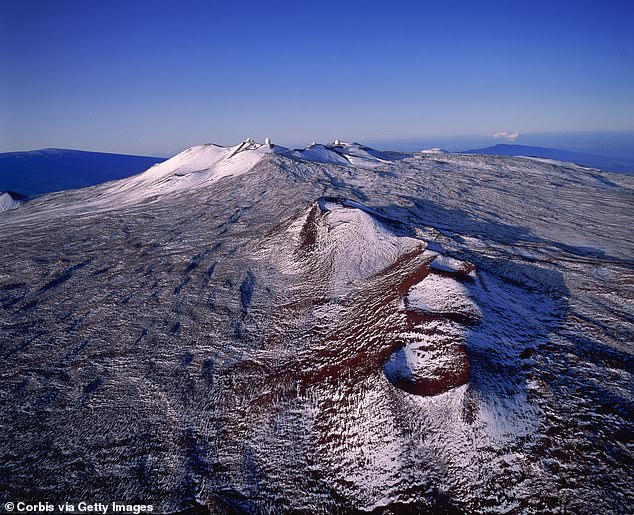Hawaii’s highest peak was covered in snow after the tropical hotspot was hit by a rare cold snap.
Social media was flooded with images of the Mauna Kea volcano covered in a thick layer of snow this week.
Residents who are more accustomed to sunny days at the beach and vacation weather have faced severe travel restrictions and icy roads.
Meteorologists said the winter landscape in Hawaii is the result of frigid temperatures coming in from the ocean and meeting moisture in the air.
Mauna Kea, Hawaii’s highest peak, has been covered in snow after the tropical hotspot was hit by a rare cold snap.
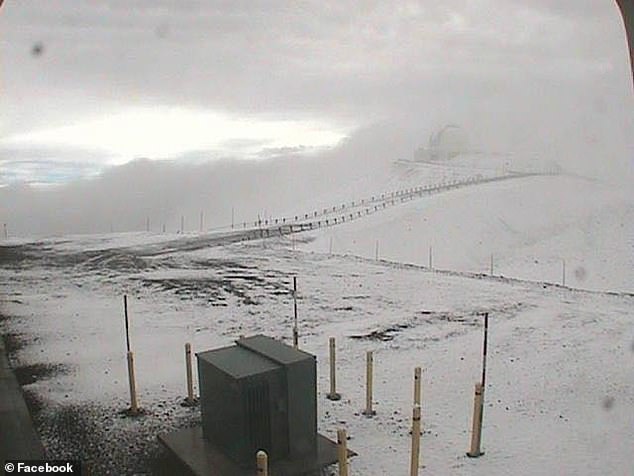
Roads have been closed and travel restrictions have been put in place for those near the summit.
Maureen Ballard, senior meteorologist with the National Weather Service (NWS) in Honolulu, told the Associated Press that an “upper-level disturbance” in the atmosphere brought cold temperatures to Hawaii.
He said moisture came in from the east at the same time, and that “a combination of cold temperatures and humidity equals snow when it’s below freezing.”
NWS meteorologist Liam Tsamous told Newsweek that it’s not yet known how much snow has fallen on high-elevation peaks. This is mainly because there are no observing stations in those areas, he explained.
However, he said up to 4 inches of rain fell in low elevation areas, and Hawaii is now entering its “rainy season” that will last until April.
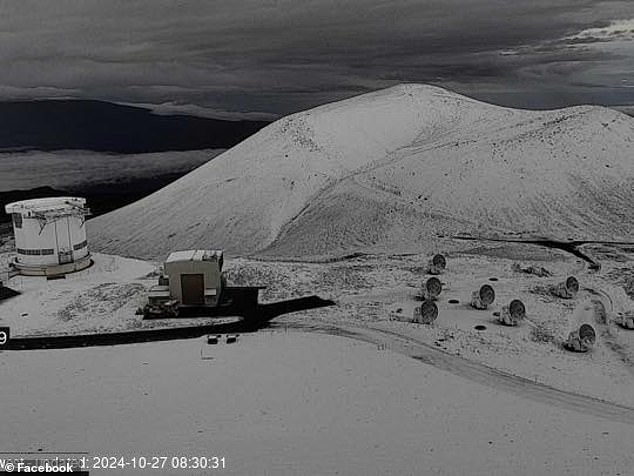
Meteorologists said the winter landscape in Hawaii is the result of frigid temperatures coming in from the ocean and meeting moisture in the air.
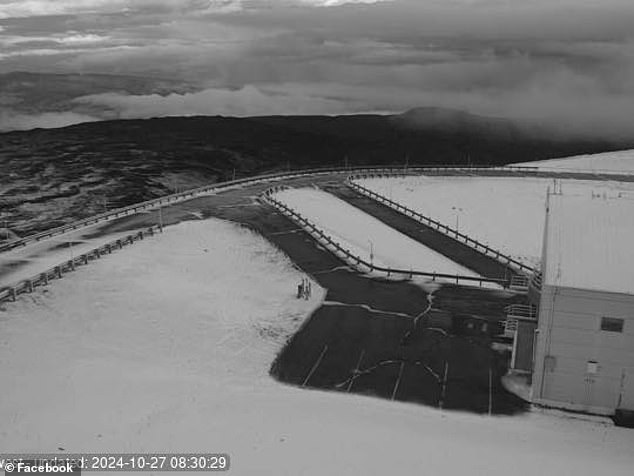
Snowfall in winter is not uncommon on the mountain top.
The most impressive images of snowfall in Hawaii were obtained at the Mauna Kea volcano, Hawaii’s tallest mountain at nearly 14,000 feet above sea level.
It is the highest peak in the world, even higher than Mount Everest when measured from its base, which extends nearly 20,000 feet below sea level.
The volcano, due to its elevation, is even known to be under blizzard warnings in the winter months.
Tsamous, while not commenting on whether Mauna Kea is currently covered in snow, said the volcano typically gets snow during October.
Heavy rain, as well as blowing snow, pose a danger to Hawaiians in low-lying areas, according to the forecast pushed by the NWS when snow fell earlier in the week.
“An upper trough in the vicinity of the Hawaiian Islands is producing unstable conditions within a very humid atmosphere,” the forecast said.
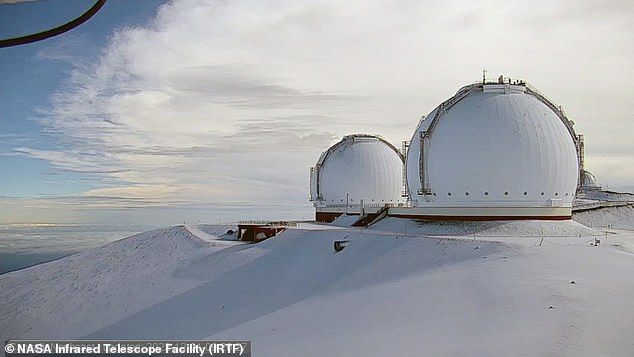
The last time Hawaii received snow was in early December 2023, seen last year in the summit area of the Mauna Kea volcano.
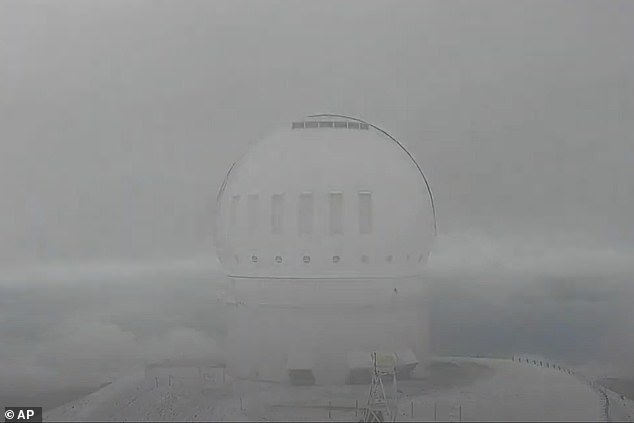
The summit area of the Mauna Kea volcano as seen on October 27, 2024
‘This will lead to periods of moderate to locally heavy rainfall. Rainfall that occurs over already saturated land could quickly lead to runoff problems and flash flooding.’
The last time Hawaii received snow was in early December 2023.
At the time, snow was seen atop the Big Island’s highest mountains, Mauna Kea and Mauna Loa, which rise nearly 14,000 feet above sea level.
In total, about five inches of snow was recorded.


